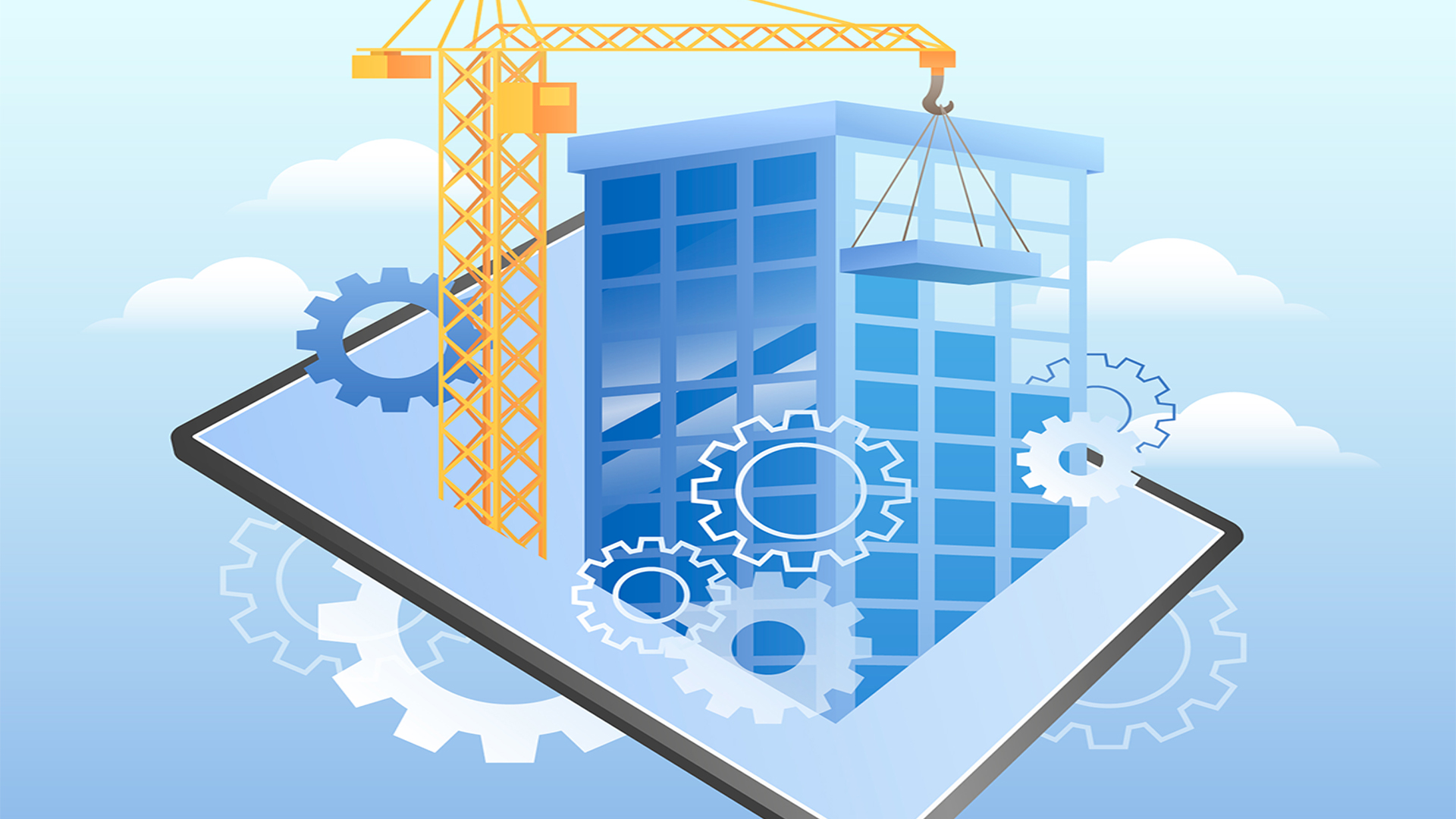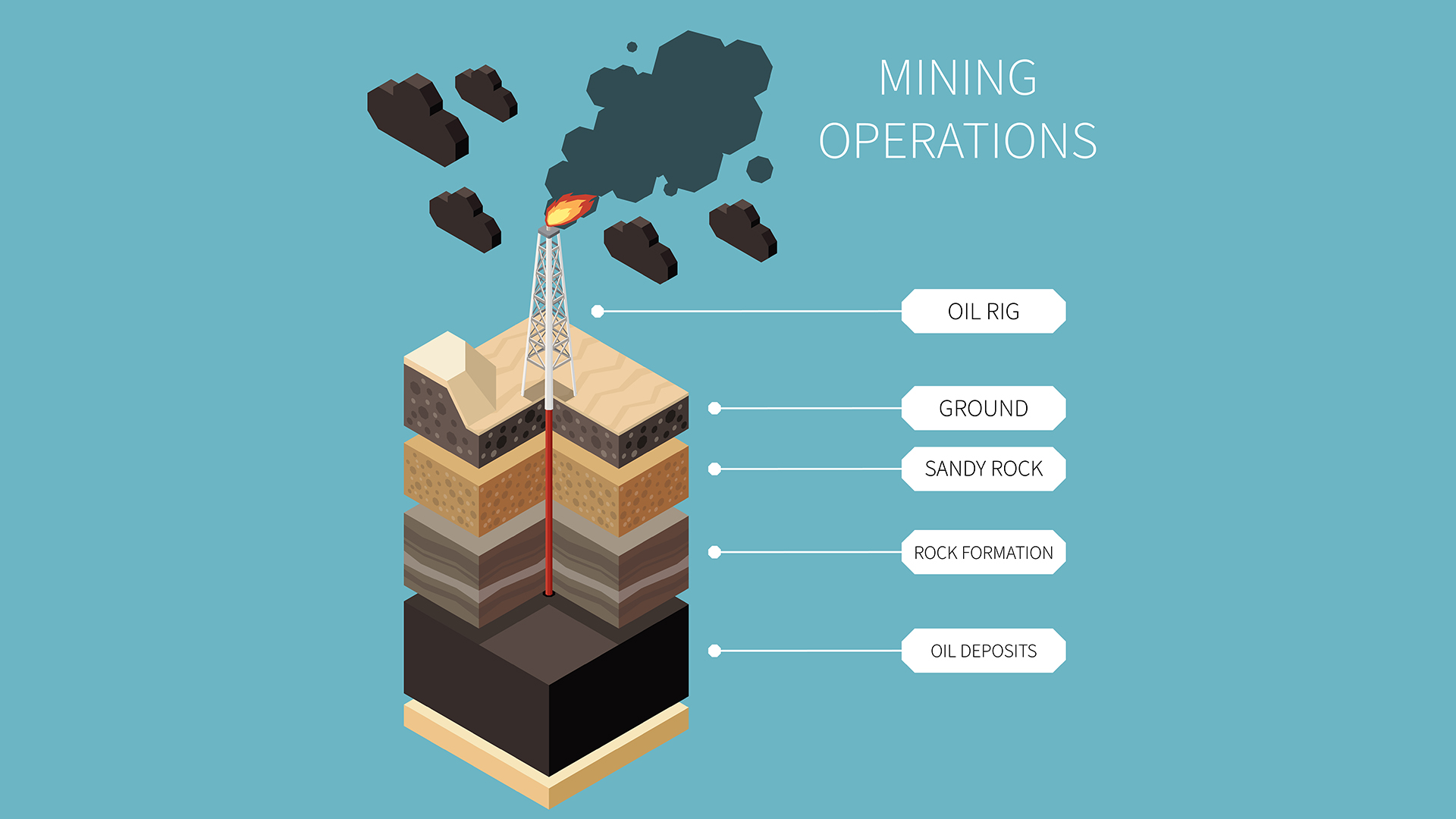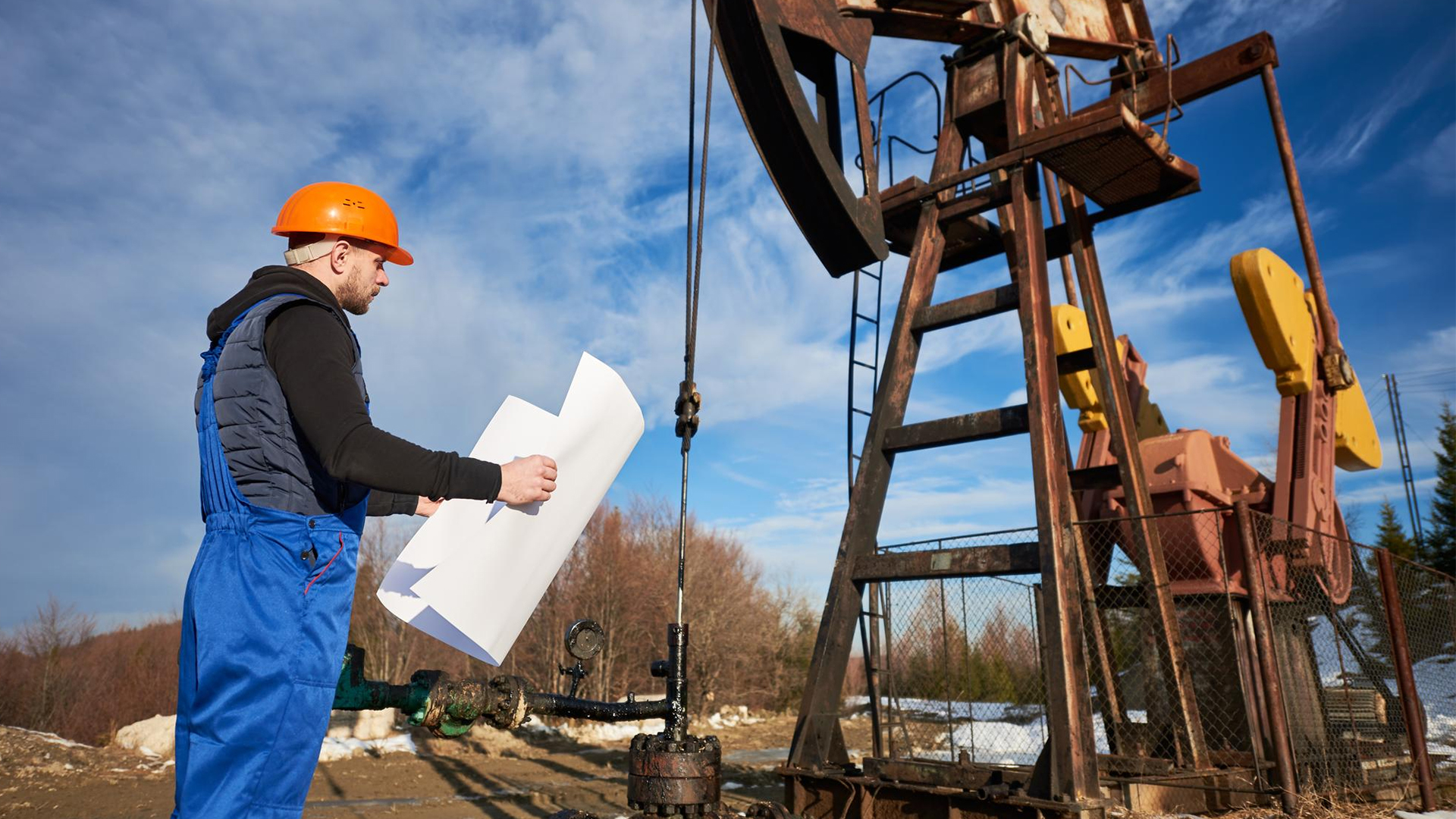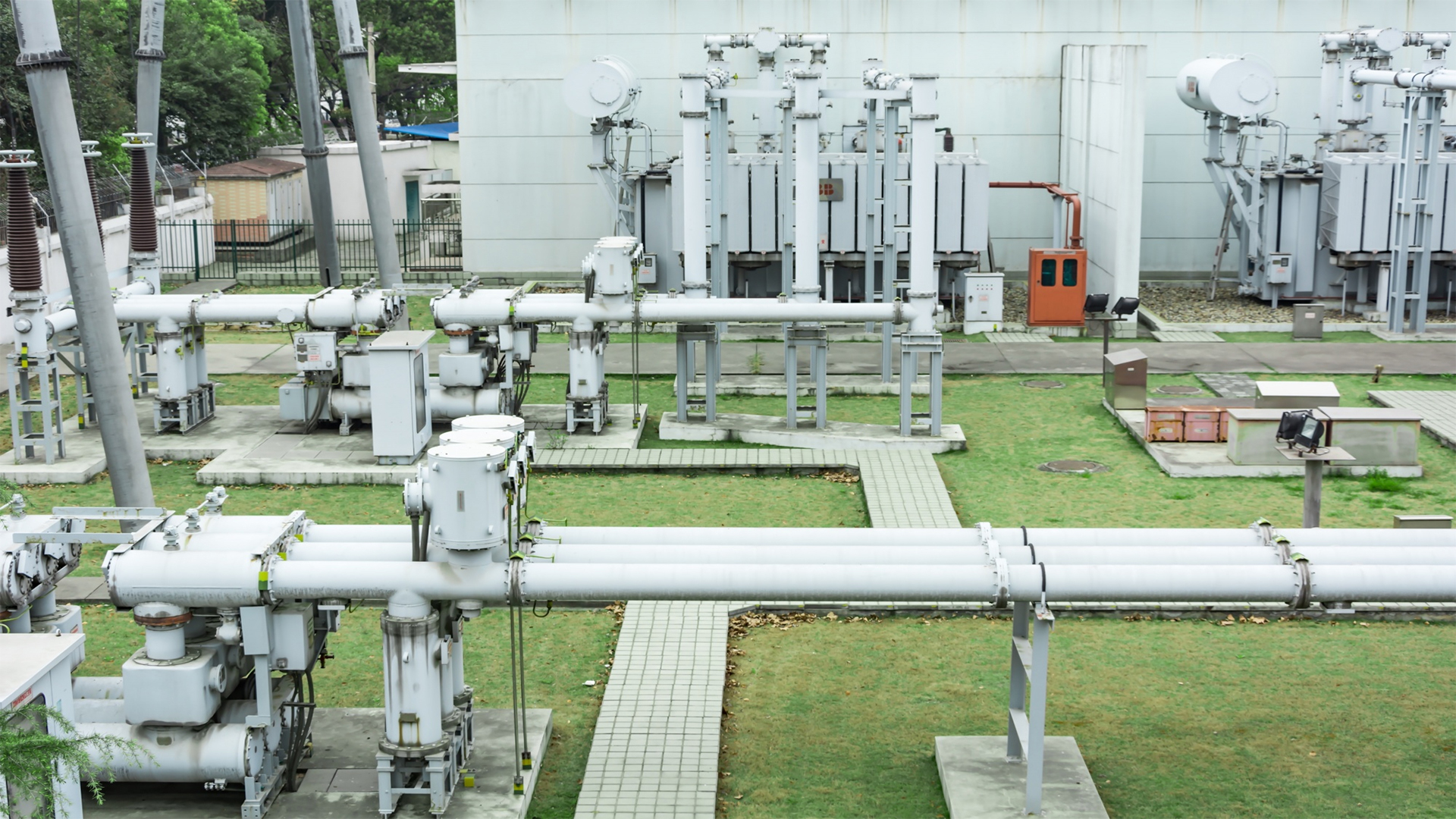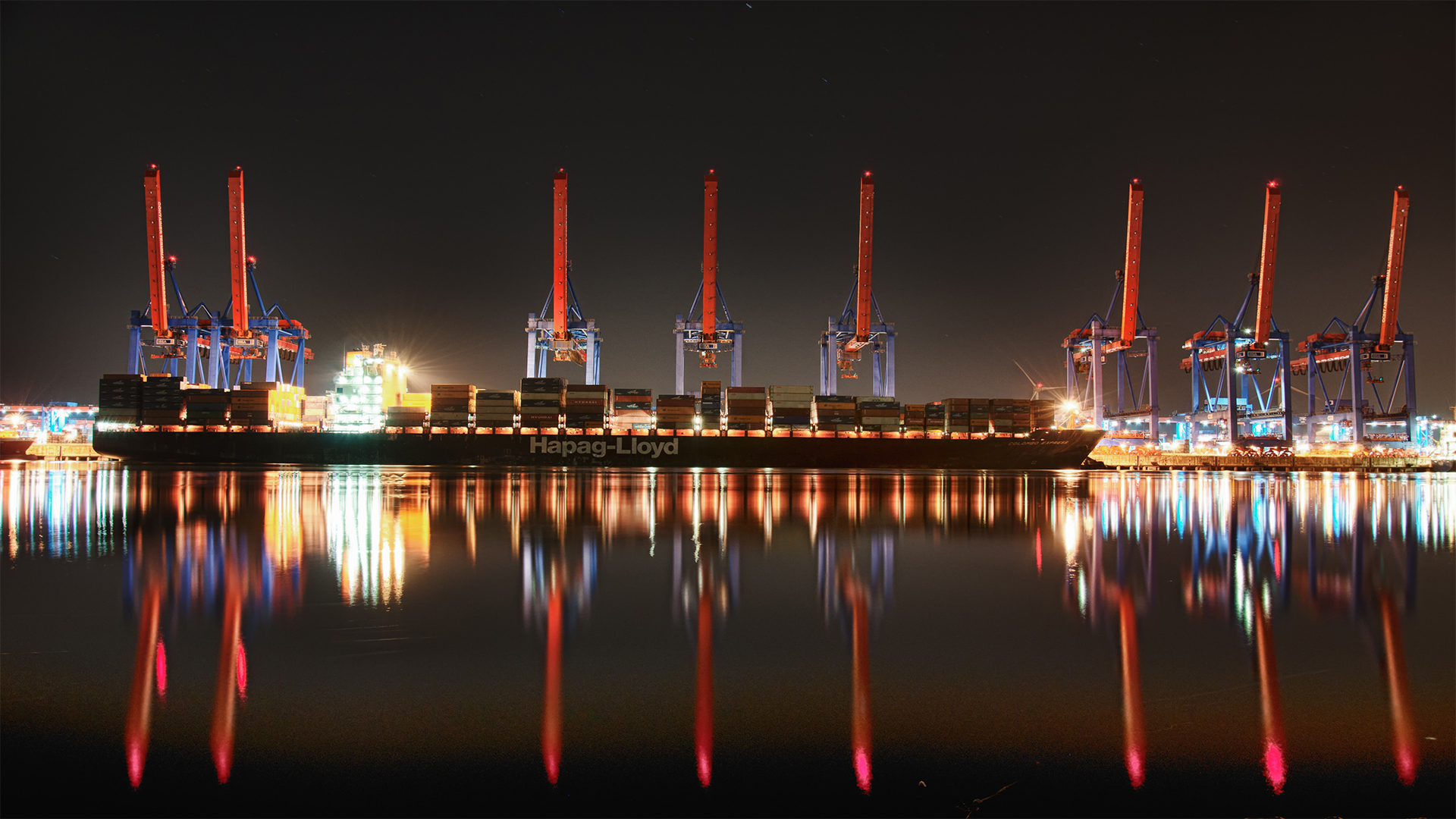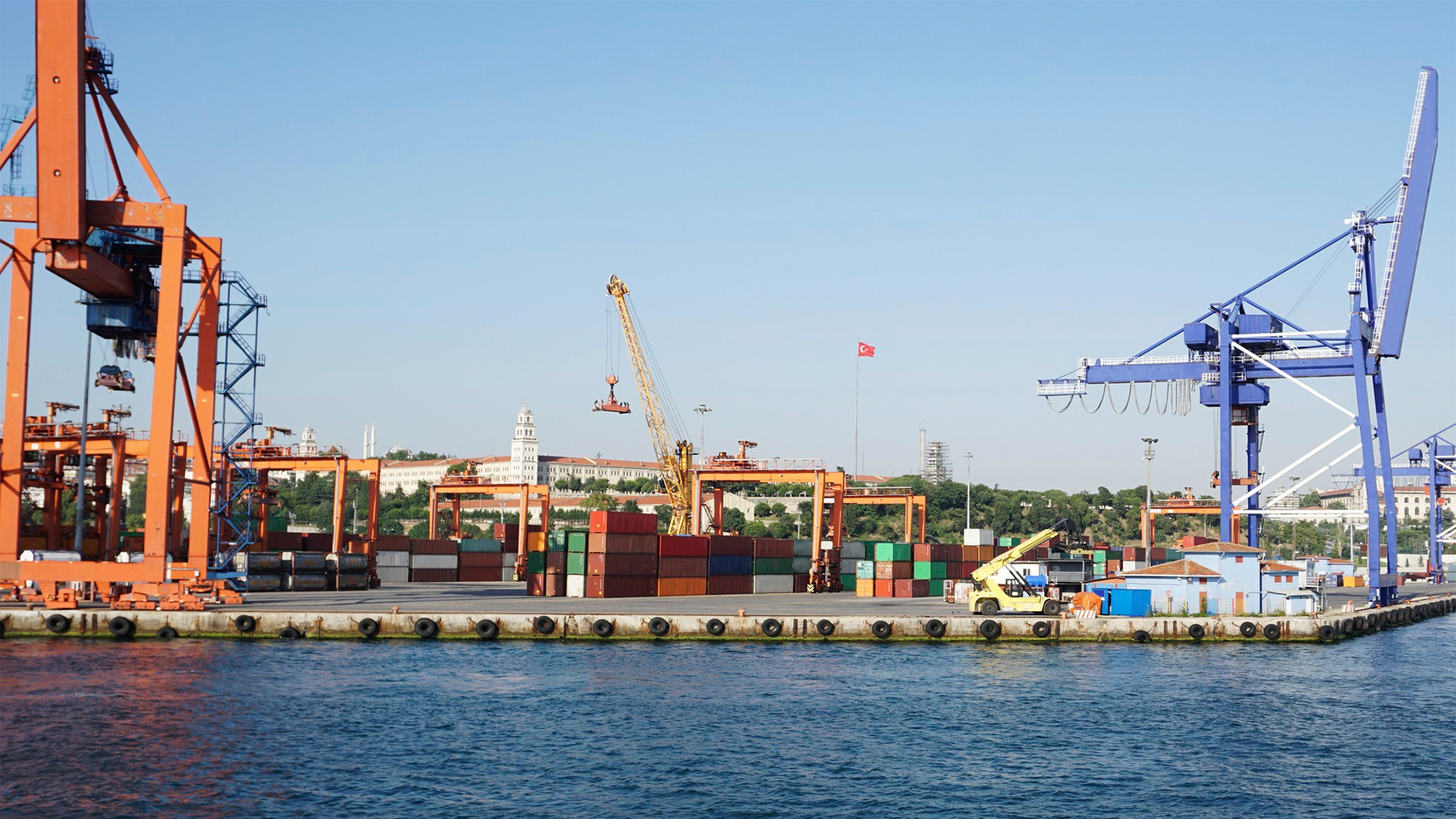
Advanced Marine Loading Arm Techniques
Course overview
Steel pipes make up a marine loading arm, also known as a mechanical loading arm, which joins a cargo terminal or storage tanker to a transport tanker or ship. Both manually and hydraulically are used to regulate it. Gases and liquids with a range of viscosities and temperatures can be handled by marine loading arms.
A stand post, an inboard arm, an outboard arm, and swivel joints make up their four primary components. The symmetrical design of marine loading arms has various benefits, including the symmetrical division of forces inside the structure and the distribution of the load across swivel joints.
The extent of activities at ports and harbors and the need for faster, more efficient machines and technologies are leading to further innovation to facilitate ship-to-shore connections, even though loading arms are one of the most practical and suitable loading technologies or machinery one could think of.
Marine loading arms must be designed so that they are resistant to wear and tear and flexible enough to follow the motions of ships, given the transport and the volume of activity and operations they are used for.
Marine loading arms must comply with a wide range of regulations for protection against any explosion since they are used to load various types of liquids and gases and are consequently exposed to dangerous chemicals and substances.
Control panels come in a variety of designs, including local control, explosion-proof pendant control, radio control, and control using a human-machine interface. In order to manage and/or control the transportation and storage of various types of cargo, a marine terminal control system, also known as a terminal operating system, is a crucial instrument within a marine terminal or port.
Introduction
In order to enable efficient and successful management of the facility, the main goal of utilizing such systems is to give a set of computerized procedures to manage people, machines, and cargo within the storage facility. Better asset, labor, and resource management, more precise workload planning, easily accessible information, etc. are all facilitated by a terminal control system.
Participants will gain comprehensive knowledge of maritime loading arms and the accompanying terminal control systems after completing this Training Bee training course. The skills and knowledge you gain from this course will improve your ability to take on tasks with greater responsibility, which will help your career advance.
Additionally, by taking this course, you will be able to handle hiccups linked to technological glitches quickly and effectively. You will be more equipped to offer further suggestions and ideas for improving the loading process thanks to the exposure and confidence you will have earned from this training session.
Overall, this Marine Loading Arm, Terminal Operating and Management System training program will provide you the skills you need to significantly contribute to the efficient transfer of cargo from the terminal storage facility to the vessel, thereby expanding your opportunities for advancement.
We are The Training Bee, a global training and education firm providing services in many countries. We are specialized in capacity building and talent development solutions for individuals and organizations, with our highly customized programs and training sessions.
Learning Objectives
Upon completing Marine Loading Arm, Terminal Operating and Management System, participants will be able to:
- Comprehensive familiarity with and understanding of terminal control systems and marine loading arms
- The required expertise to take on bigger roles and responsibilities within the company, promoting growth and advancement in their careers. The necessary experience and knowledge to use the device and implement new concepts and cutting-edge technologies to manage the loading process smoothly and efficiently.
- Sufficient expertise and assurance to instruct new hires on the operation and mechanics of maritime loading arms and their related terminal control systems
- Because skilled personnel are doing operations, there is a decreased danger of accidents and/or other harm to property and lives.
Our Unique Training Methodology
This interactive course comprises the following training methods:
- Journaling – This consists of setting a timer and letting your thoughts flow, unedited and unscripted recording events, ideas, and thoughts over a while, related to the topic.
- Social learning – Information and expertise exchanged amongst peers via computer-based technologies and interactive conversations including Blogging, instant messaging, and forums for debate in groups.
- Project-based learning
- Mind mapping and brainstorming – A session will be carried out between participants to uncover unique ideas, thoughts, and opinions having a quality discussion.
- Interactive sessions – The course will use informative lectures to introduce key concepts and theories related to the topic.
- Presentations – Participants will be presented with multimedia tools such as videos and graphics to enhance learning. These will be delivered engagingly and interactively.
Training Medium
This Marine Loading Arm, Terminal Operating and Management System training is designed in a way that it can be delivered face-to-face and virtually.
Course Duration
This training is versatile in its delivery. The training can be delivered as a full-fledged 40-hour training program or a 15- hours crash course covering 5 hours of content each day over 3 days
Pre-course Assessment
Before you enroll in this course all we wanted to know is your exact mindset and your way of thinking.
For that, we have designed this questionnaire attached below.
- What is a marine loading arm’s main function while transferring liquid cargo between terminals and ships?
- Describe the main parts and purposes of a marine loading arm, including the construction materials and features.
- How can a Terminal Operating and Management System (TOMS) help a terminal run effectively and safely, especially when handling liquid cargo?
- Can you provide a few standard safety precautions and best practices related to the transfer of liquid goods using marine loading arms?
- Describe how the design and operation of marine loading arms and terminal systems are affected by environmental standards and laws.
Course Modules
This Marine Loading Arm, Terminal Operating and Management System cover the following topics for understanding the essentials of the Agile Workplace:
Module 1 – Marine Loading Arm Design Principles
- Operative security
- Protection of the environment
- Lean manufacturing
- Operation is simple.
- Simple to maintain
- Simple shipping and assembly
Module 2 – Marine loading-arm components
- Pose post or riser.
- Front arm.
- Outside arm.
- Turning points
Module 3 – 3 Different Flange-Flange Connection Types
- Flange connection with bolts
- Automatic fast couplers
- Quick couplers in hydraulics
Module 4 – Functions of Terminal Operating Systems in General
- Shipping administration
- Managing rail transportation
- Road transport administration
- Management of the yard Billing and reporting
Module 5 – Various Terminal Control System Types
- Local authority
- Control pendant protected from explosion
- Radio command
- System for monitoring the position of human-machine interfaces (HMI)
Module 6 – Types of Ports/Terminals a Control System Can Manage
- Ports for containers
- Multifunctional terminals
- River/universal terminals
Module 7 – Terminal Control Systems employ many technologies
- Processing of electronic data interchange (EDI)
- Mobile devices
- Local area networks (LANs) wireless
- RFID (radio frequency identification)
Module 8 – Routes for External Communication via Terminal Control Systems
- Operators of terminals
- Transport brokers
- Shipping brokers
- Container handlers
- Authorities at ports Customs officers
Module 9 – Factors to Take Into Account When Selecting Terminal Operating Systems
- Present problems
- Cost-effectiveness
- Influences client service
- Impact on traffic volume
- Future optimization potential
Post-course Assessment
Participants need to complete an assessment post-course completion so our mentors will get to know their understanding of the course. A mentor will also have interrogative conversations with participants and provide valuable feedback.
- Describe the main function of a marine loading arm and how it contributes to the quick and secure transfer of liquid cargo between ships and ports.
- Identify the main elements of a maritime loading arm and explain how they contribute to loading and unloading. How are these components’ performances affected by the design and material choices made?
- In order to maximize terminal operations and safety, talk about the significance of a Terminal Operating and Management System (TOMS). Give instances of how TOMS improves liquid freight handling management.
- Write a summary of the safety precautions and recommended procedures for using marine loading arms to transfer liquid cargoes that you learned about in the course. What role do these procedures have in reducing risk?
Lessons Learned
The Transfer of Liquid Cargoes Requires Marine Loading Arms: Participants have discovered the importance of marine loading arms in the transfer of liquid cargoes. They are aware that the effectiveness and safety of loading and unloading activities are directly impacted by the design, use, and maintenance of these arms.
Safety First: When handling liquid cargo, safety must always come first. The participants now have a profound understanding of the safety precautions and procedures that need to be strictly adhered to in order to avoid mishaps, safeguard people, and lessen negative effects on the environment.
Participants understand the value of Terminal Operating and Management Systems (TOMS) in streamlining terminal operations, which increases efficiency. These systems enhance communication, data management, and security protocols, all of which improve terminal management efficiency and organization.



